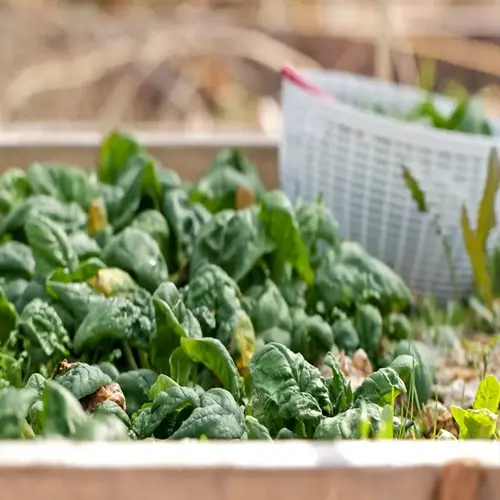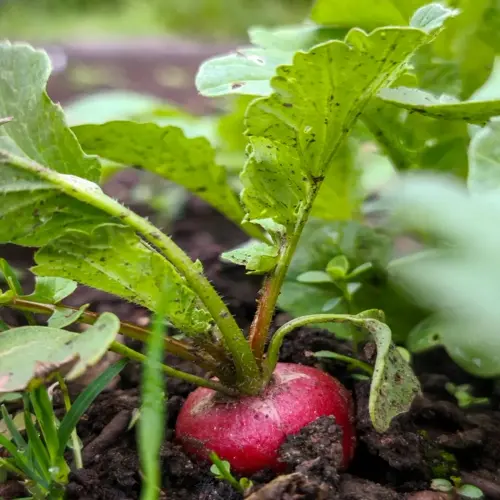What is the typical growth timeline for pea plants?

Written by
Julia Anderson
Reviewed by
Prof. Charles Hartman, Ph.D.Having a good grasp of the full growth timeline of pea plants helps gardeners time and manage the quality of their crops properly. Pea types progress through predictable stages of development, from germination to harvest, with each stage requiring care and attention for optimal growth. Understanding the crop progression timeline ensures that crops are not harvested too early or too late.
The pea life cycle begins with germination once the right conditions are present. Seeds take in moisture and increase in size within the first 24 hours. Roots emerge from the seed 3-5 days after optimal soil temperature is reached. Shoots will break through the soil surface from 7-14 days after planting. This is in the critical stage of germination, so keep the soil consistently moist.
After you germinate seeds, vegetative growth builds the foundation for the plant. In weeks 3-4, the plants begin to produce true leaves as they start to vine. Bush varieties will form a compact structure, and vining types develop longer tendrils. At this point, an adequate supply of nitrogen is needed to produce leaves. Ensure you install any necessary support systems before the plant requires them.
Germination Support
- Maintain consistent soil moisture without waterlogging
- Protect seeds from birds with netting or row covers
- Avoid disturbing soil once seeds are planted
Vegetative Nutrition
- Apply balanced fertilizer when second set of leaves appears
- Ensure phosphorus availability for root development
- Water deeply but infrequently to encourage deep roots
Flowering & Pod Formation
- Increase watering frequency during bud development
- Provide afternoon shade in hot climates to prevent blossom drop
- Monitor for pests attracted to developing pods
When your plants begin to flower, they have transitioned to potentially producing pods. Around day 40, I start to notice buds, followed by blooms soon after. Pollination typically occurs very quickly, often within the same day. Adequate moisture during flowering will limit blossom abortion. These flowers will define the ultimate quantity of your harvest.
Pod development follows successful pollination, and pods increase in length daily, with peas developing in the interior of the pod. Sweetness, sugars, and flavor peak right before full maturity. Harvest timing will depend on the variety and intended use of the peas. You should check the pods daily during rapid growth to determine the optimal harvest time.
Several factors can alter the total time required for growth. Cool temperatures extend the development period, while heat shortens it. Soil quality determines the availability of nutrients and the speed of growth. Adequate spacing provides light to all plants; the climate where you live matters for developing each stage of your life.
Read the full article: When to Plant Peas: The Complete Guide

